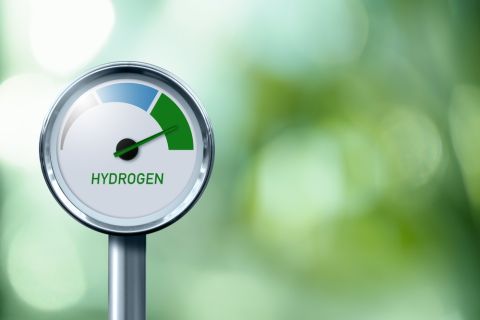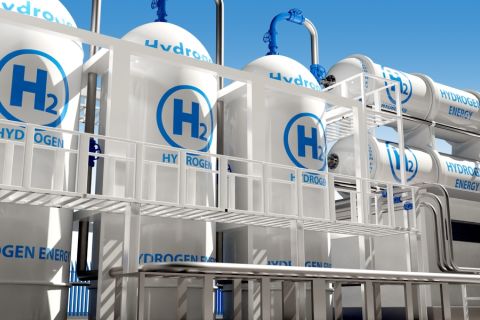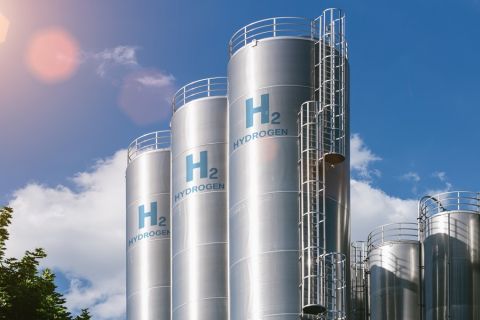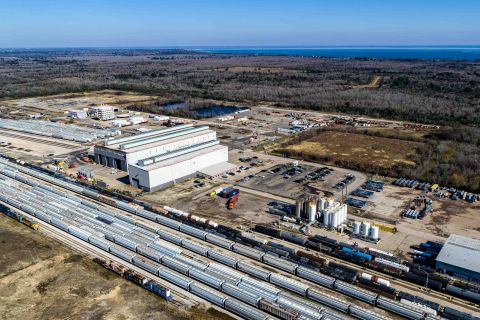The Trump Administration on Aug. 14 approved U.S. oil producer ConocoPhillips Co.’ plan for drilling in the National Petroleum Reserve in Alaska, a wilderness area along the state’s North Slope oil fields.
The Bureau of Land Management published a final Environmental Impact Statement for the company’s Willow project, which the agency said could produce more than 160,000 bbl/d over the next 30 years. If constructed, Willow will be the westernmost development on the North Slope.
The project could help offset oil production declines in the state, according to the BLM. Alaska’s oil output has dropped to 404,000 bbl/d from its peak of over 2 MMbbl/d in 1988.
ConocoPhillips, Alaska’s largest oil producer by volume, pumped 218,000 bbl/d of oil and gas in the state during the first quarter. It cut production and spending in Alaska earlier this year and last month said it would restore some of the curtailed production.
A spokeswoman was unavailable for comment on the company’s timetable for the project.
“It provides for more throughput in the Trans Alaska Pipeline System, ultimately providing for more jobs for Alaskans and creating more revenue for the state,” BLM Alaska State Director Chad Padgett said in a statement.
ConocoPhillips is part of a consortium that owns and operates the 800-mile Trans Alaska Pipeline that moves oil from Prudhoe Bay on the North Slope of Alaska, where most of the state’s oil production is concentrated, south to the Port of Valdez.
The plan outlined in the final environmental impact statement allows for up to five drill sites and support facilities, including roads and pipelines to access the lease site.
Recommended Reading
Shell Taps Bloom Energy’s SOEC Technology for Clean Hydrogen Projects
2024-03-07 - Shell and Bloom Energy’s partnership will investigate decarbonization solutions with the goal of developing large-scale, solid oxide electrolyzer systems for use at Shell’s assets.
Baker Hughes Marks Hydrogen Milestones
2024-01-29 - The energy technology company is involved with several hydrogen projects as it works to accelerate the hydrogen economy.
Tangled Up in Blue: Few Developers Take FID on Hydrogen Projects
2024-04-03 - SLB, Linde and Energy Impact Partners discuss hydrogen’s future and the role natural gas will play in producing it.
John Cockerill Americas President Talks Hydrogen, Electrolyzers
2024-03-06 - Nicolas de Coignac, president of Americas for John Cockerill, recently spoke with Hart Energy about the company’s role in scaling electrolytic hydrogen in the U.S.
Mitsubishi, Chevron Overcome Hydrogen, Storage Project Woes
2024-03-21 - ACES Delta developers say the project remains on track for 2025 startup, despite previous supply chain obstacles.





